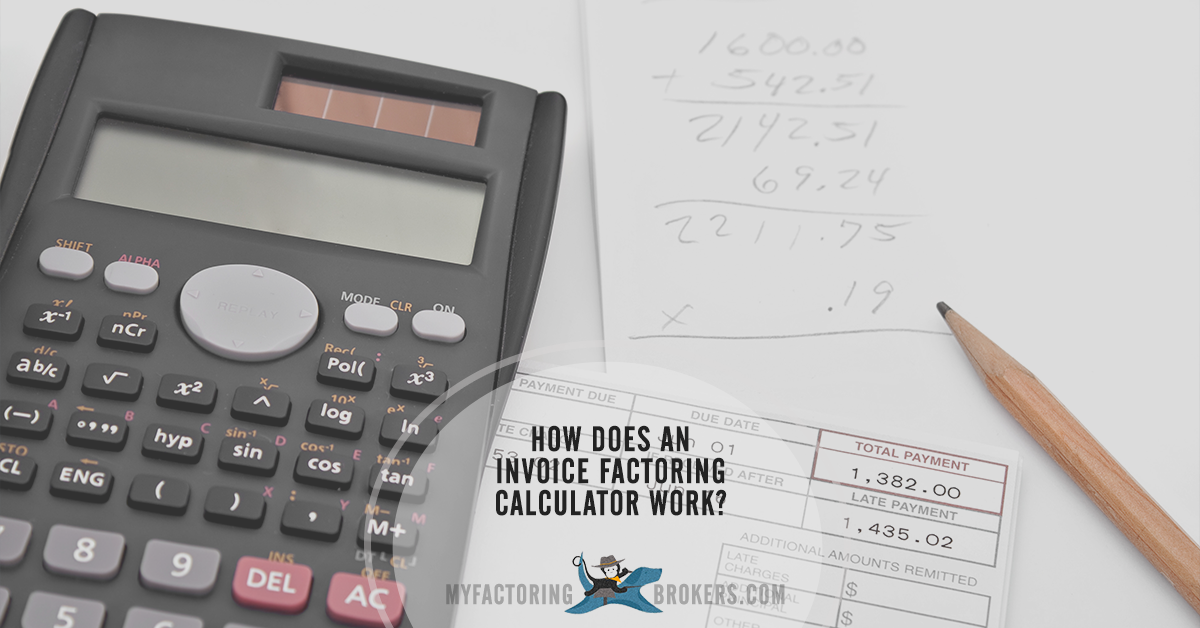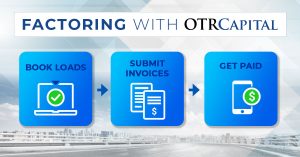

The ideal working capital ratio is typically somewhere between 1.5 and 2. Your working capital ratio (current assets / current liabilities) is a useful measurement of your working capital position, as it accounts for differences in the sizes of businesses. An unexpected cost would be replacing a piece of machinery that suddenly broke down. A couple of examples of expected costs are your staff salaries and inventory purchases. Your small business needs working capital so it can cover expected and unexpected short-term expenses. Your current liabilities are your financial obligations that have to be met in the same period of time a few current liabilities are accounts payable, interest payable, and taxes owed within the next year. Your current assets are defined as anything that can be turned into cash in 12 months including accounts receivable, inventory, and bank accounts. Your working capital is your current assets minus your current liabilities. Those are a few ways to prevent late payments, but they won’t completely eliminate late payments, so you need to protect your business from the remaining unpaid invoices.Ī Good Working Capital Ratio Protects You from Unpaid Accounts In that case, the customer is more likely to put the invoice to the side and pay “when they get around to it.” A deadline, on the other hand, can create urgency among your customers – particularly if missing the deadline means paying late fees. So, you’ve sent an invoice to a customer… but there’s no due date. Instead, you may want to invoice half or all of the amount before delivering the product or service. This can eliminate an incentive for the customer to make the payment in a timely manner. In many cases, small business owners invoice the entire amount for their product or service after it has been delivered to the customer. Is it difficult for your customers to make payments? If so, you may be able to reduce unpaid accounts by automating your systems and making it easier for them to process invoices. Here are a few ways to prevent late payments: The good news is that there are ways to reduce the number of late payments that are plaguing your small business – without alienating your customers or using a lot of resources.

There is also the issue of resources – 15 days is a long time to spend chasing late payments. In many cases, they fear that customers will be upset if they start a conversation about late payments. So, why are so many small business owners dealing with late payments? Each year, SMBs spend an average of 15 days chasing late payments.Of the late payments, one out of 10 are written off as bad debt.Over 30% of SMBs are experiencing negative impacts of late payments.Sage surveyed more than 3,000 SMBs across 11 countries to quantify the impact of late payments on entrepreneurs. But you might be surprised to learn just how problematic unpaid invoices are for small businesses. two other ways to get short-term financing that are specifically designed for businesses with unpaid invoicesĪs a small business owner, you never want to deal with late payments.three common ways to get working capital.what type of financing to get when you have too many unpaid invoices – and not enough working capital.what you can do to reduce your number of unpaid invoices.the magnitude of the unpaid invoice problem for SMBs.Are unpaid invoices causing problems for your small business? If so, they don’t have to continue causing problems.


 0 kommentar(er)
0 kommentar(er)
